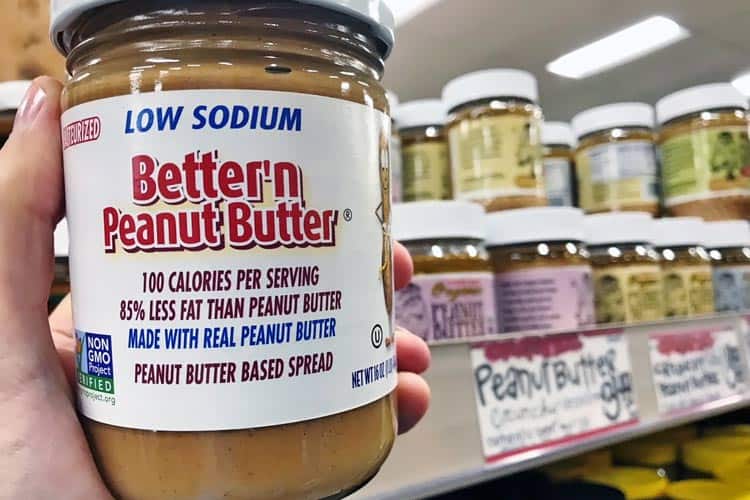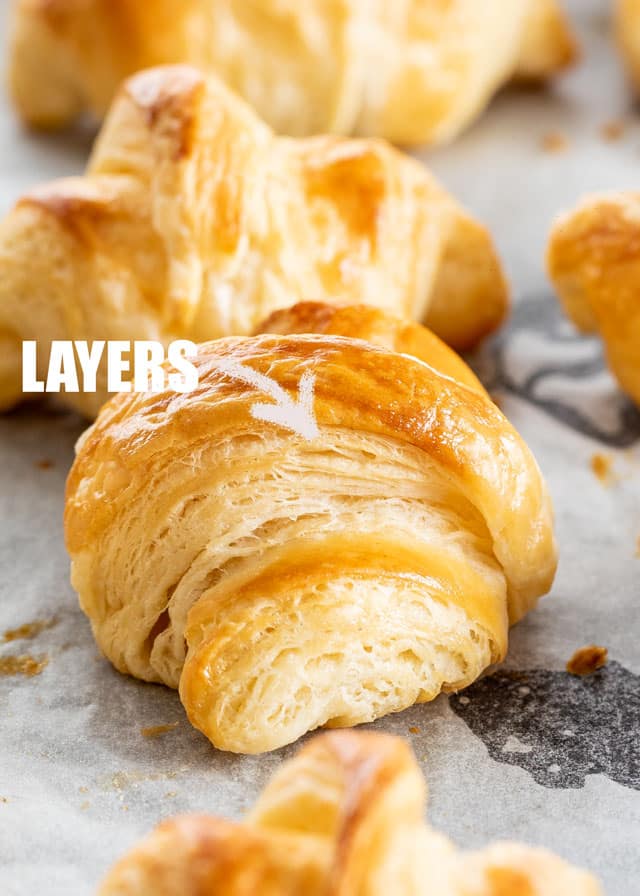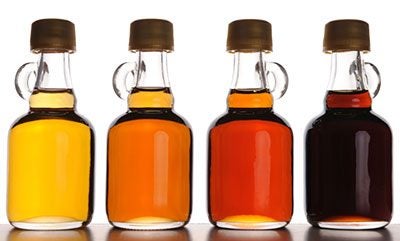Rinse & rePeat
Member
- Joined
- Mar 10, 2021
- Messages
- 21,521
Follow along with the video below to see how to install our site as a web app on your home screen.
Note: This feature may not be available in some browsers.
Click Here if you want to upgrade your account
If you were able to post but cannot do so now, send an email to admin at raypeatforum dot com and include your username and we will fix that right up for you.



Awesome Rinse. Thanks for the inspirational pics.
Questions:
- Is peanut butter used in the cups PBFit?
- What ingredient to you use to make the crisp part of the apple-peach crisp?
Rinse & rePeat:
“I see a lot of studies demonizing sugar, but in the studies they use high fructose corn sugar, is that a fair study?”
RAY PEAT:
“No, only demons would claim such things to be scientific.”
Is glucose syrup as bad as HFCS?Rinse & rePeat:
“I see a lot of studies demonizing sugar, but in the studies they use high fructose corn sugar, is that a fair study?”
RAY PEAT:
“No, only demons would claim such things to be scientific.”
Is glucose syrup as bad as HFCS?
